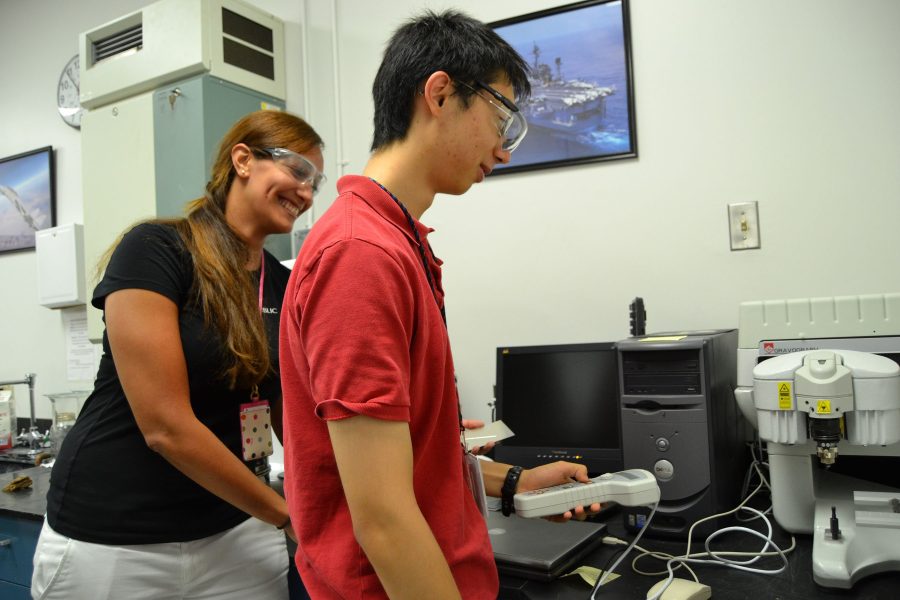From summer camps to volunteering to internships, no one ever takes an actual “break” during the summer. Especially in high school, students are constantly looking for more achievements to add to their resumes. Many look into elite summer programs that may benefit their college applications. However, these summer programs are not available to all students — various summer institutions require costly tuitions, heavily favoring students of high-income households.
[divider]Internships[/divider]
Adults are usually paid for working. In contrast, many high school students must pay to work through “internship opportunities.” Although these internships give students quality working experience, sometimes participation in such internships cost $2,000 or more, putting them out of reach for low-income students.
Palo Alto’s very own service-learning organization, “Get Involved Palo Alto,” provides students with the chance to enroll in a month-long research internship which ends with a showcase to present all their work. Last year, Get Involved Palo Alto gave students opportunities to conduct surveys and analyze data for Project Safety Net, a mental health organization that stresses the importance and relevance of mental illness in our community. Although this institution grants great opportunities and reaches many community members, the internship costs about $2,290 per student, which could amount to one or two months of rent for some underprivileged families. In this way, such internships seem to strongly favor wealthy families who can afford their hefty prices.
“I think the price is too high. I know that it is understandable because the program just started, but I think they should lower the price a bit so more people will sign up.”
junior Hua Zheng
[divider]Summer Schools[/divider]
Although the Palo Alto School Unified District (PAUSD) offers its own summer school, its resources are still not comparable to those of established universities. Programs like California State Summer School for Mathematics and Science (COSMOS) offer math and science courses that are taught by University of California faculty and researchers. According to the COSMOS website, students enrolled in the program participate in hands-on labs, field activities, lectures and discussions. Again, this greater resource comes at a greater cost. The tuition for COSMOS is $3,570 for California residents and $6,000 for non-California residents, which again, favors the privileged.
“COSMOS has a very good reputation because from what I’ve heard it actually provides students great experiences,” said sophomore Annie Tsui. “It would be perfect if the price can be lowered a tiny bit.”
[divider]Financial Aid[/divider]
The apparent solution for families unable to afford the expense is to offer financial aid. Numerous summer programs indicate that a student’s acceptance is not affected by whether or not they apply for financial aid. This statement acts as a soothing charm to the many students who are paranoid by the fact that only a small percentage of them will be granted financial aid.
In this way, financial aid is a largely flawed system.
Most students from low-income families are more likely to have a less stand-out academic achievements record than students from wealthy families. However, financial aids are offered to high academic achievers. An application for financial aid is usually an indicator of a weak financial background. There is a huge tremendous achievement gaps between low-income families and high-income families, so it is unfair to judge students without looking at their socioeconomic background, along with other aspects of their application.
[divider]Solution[/divider]
Summer programs should seriously start considering lowering tuitions or increasing the amount of financial aid given to low-income students. However, camps need student finance each year to continue running. The best way to offer good, local summer programs to all students in Palo Alto is for the city to use its own resources. Our city has the financial ability to offer inexpensive and high-quality summer education as opposed to just offering the few courses at our summer school program. For example, Paly now has a whole row of empty science buildings during summer break that could all be effectively utilized for students to gain more laboratory experience.
Do not let the achievement gap to proceed to widen over the summer.



